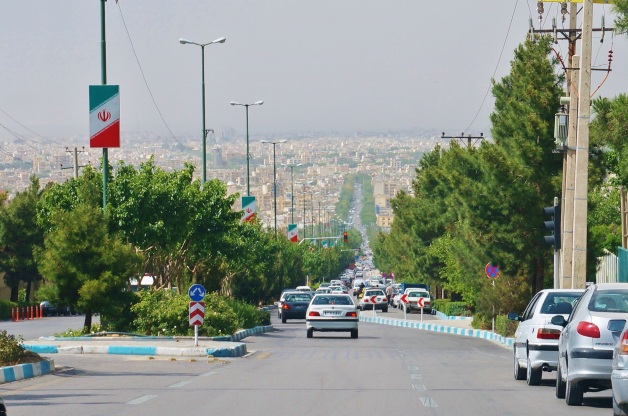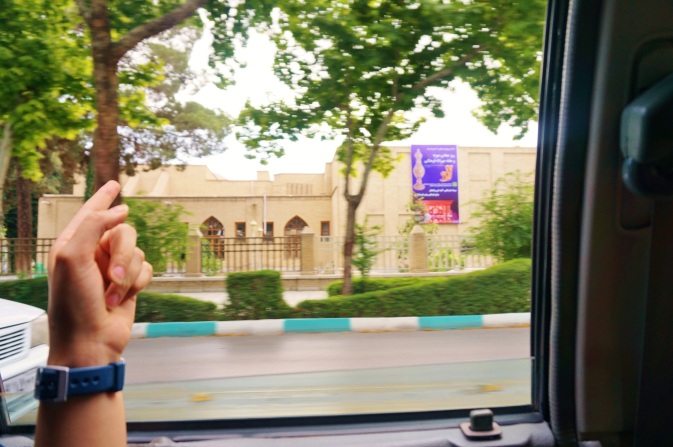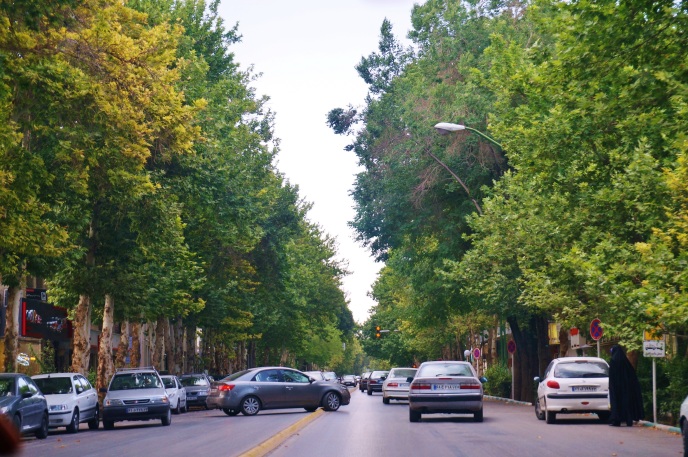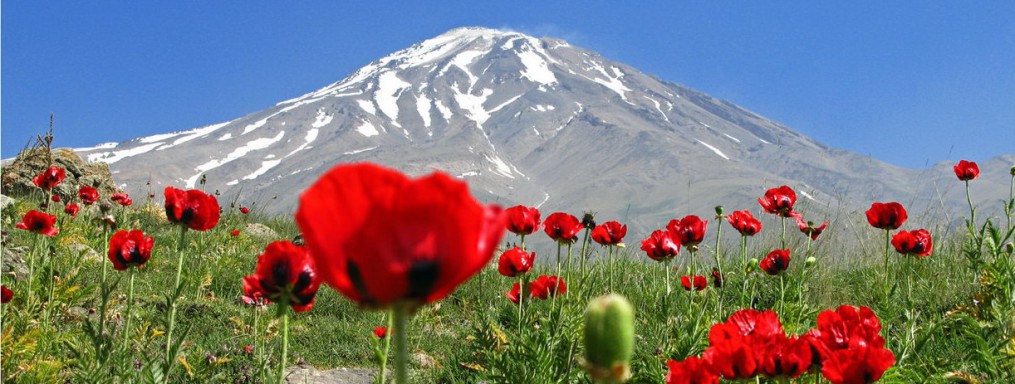![iran-1232[1]](https://persiannomad.wordpress.com/wp-content/uploads/2015/06/iran-12321.jpg?w=662&h=611) A few days ago I made the trip from Shiraz to Isfahan, traveling north for about 6 hours. My dad’s side of the family is located in Shiraz whereas my mom’s side of the family is in Isfahan (apart from my one aunt who lives in Tehran). The city of Isfahan is capital of the province of Isfahan (like Shiraz is the capital of the province of Fars). Isfahan is about half way in between Tehran and Shiraz and is Iran’s third largest city and third most populated (about 4 million) after Tehran and Mashhad.
A few days ago I made the trip from Shiraz to Isfahan, traveling north for about 6 hours. My dad’s side of the family is located in Shiraz whereas my mom’s side of the family is in Isfahan (apart from my one aunt who lives in Tehran). The city of Isfahan is capital of the province of Isfahan (like Shiraz is the capital of the province of Fars). Isfahan is about half way in between Tehran and Shiraz and is Iran’s third largest city and third most populated (about 4 million) after Tehran and Mashhad.
 An image of the inside of the VIP buses that travel to and from almost every city in Iran, definitely the cheapest and best way to tour the country. The seats are super comfortable and bend way back, it’s air conditioned, and they give you snacks and drinks throughout the whole ride!
An image of the inside of the VIP buses that travel to and from almost every city in Iran, definitely the cheapest and best way to tour the country. The seats are super comfortable and bend way back, it’s air conditioned, and they give you snacks and drinks throughout the whole ride!
 As Shiraz flourished in the Zand and Sassanid dynasties, Isfahan flourished in the 16th century during the Safavid dynasty when it became the capital of Persia for the second time in its history. Isfahan is one of the most beautiful cities in Iran (I think it surpasses Shiraz in beauty). The city still retains its former glory and is famous for its Persian-Islamic architecture, beautifully landscaped boulevards, famous Zayanderud river and its many covered bridges, palaces, mosques, and minarets.
As Shiraz flourished in the Zand and Sassanid dynasties, Isfahan flourished in the 16th century during the Safavid dynasty when it became the capital of Persia for the second time in its history. Isfahan is one of the most beautiful cities in Iran (I think it surpasses Shiraz in beauty). The city still retains its former glory and is famous for its Persian-Islamic architecture, beautifully landscaped boulevards, famous Zayanderud river and its many covered bridges, palaces, mosques, and minarets.
The city is located in the lush plain of the Zayanderud River at the foothills of the Zagros mountains. The province of Isfahan is considered to be a desert and has an arid climate (with very little rain throughout the year). However, cool northern winds blow toward the city making it a livable climate.
 Isfahan and many other cities in Iran have sites that are designated by UNESCO as World Heritage Sites. One of the most famous sites in Isfahan is the Nagsh-e Jahan Square (post to come), which is one of the largest city squares in the world and has remarkable architecture and is surrounded by two mosques and a bazar.
Isfahan and many other cities in Iran have sites that are designated by UNESCO as World Heritage Sites. One of the most famous sites in Isfahan is the Nagsh-e Jahan Square (post to come), which is one of the largest city squares in the world and has remarkable architecture and is surrounded by two mosques and a bazar.
The history of Isfahan can be traced back to the Paleolithic period. Archaeologists have found artifacts dating from the Paleolithic period to the Bronze and Iron ages. In the Pre-Islamic era, Isfahan was home to the settlement that developed into the Elamite civilization (2700 BC) and was the home of the Median dynasty until Cyrus the Great unified Persian and Median lands into the Achaemenid Empire ~ 600 BC.

One of the most beautiful streets in Isfahan is Chahar Bagh (literally translated to “four gardens”). Chahar Bagh is split up into Chahar Bagh Bala (upper Chahar Bagh) and Chahar Bagh Payeen (lower Chahar Bagh). The long boulevard which spans almost the entire length of the city is a beautiful tree lined street with shops on either end. The span of the boulevard also contains multiple rotaries and bridges and runs over the Zayanderud river (which runs perpendicular to the boulevard through the city).

Kimia,
A city that long predates the Achaemenid Empire. That’s a pretty amazing idea in itself. You mentioned the Zargos Mountains.which adjoin Isfahan. I had seen pictures of the foothills and the mountains before and always wondered what they were called. Now I know
Jim Kenny
LikeLike